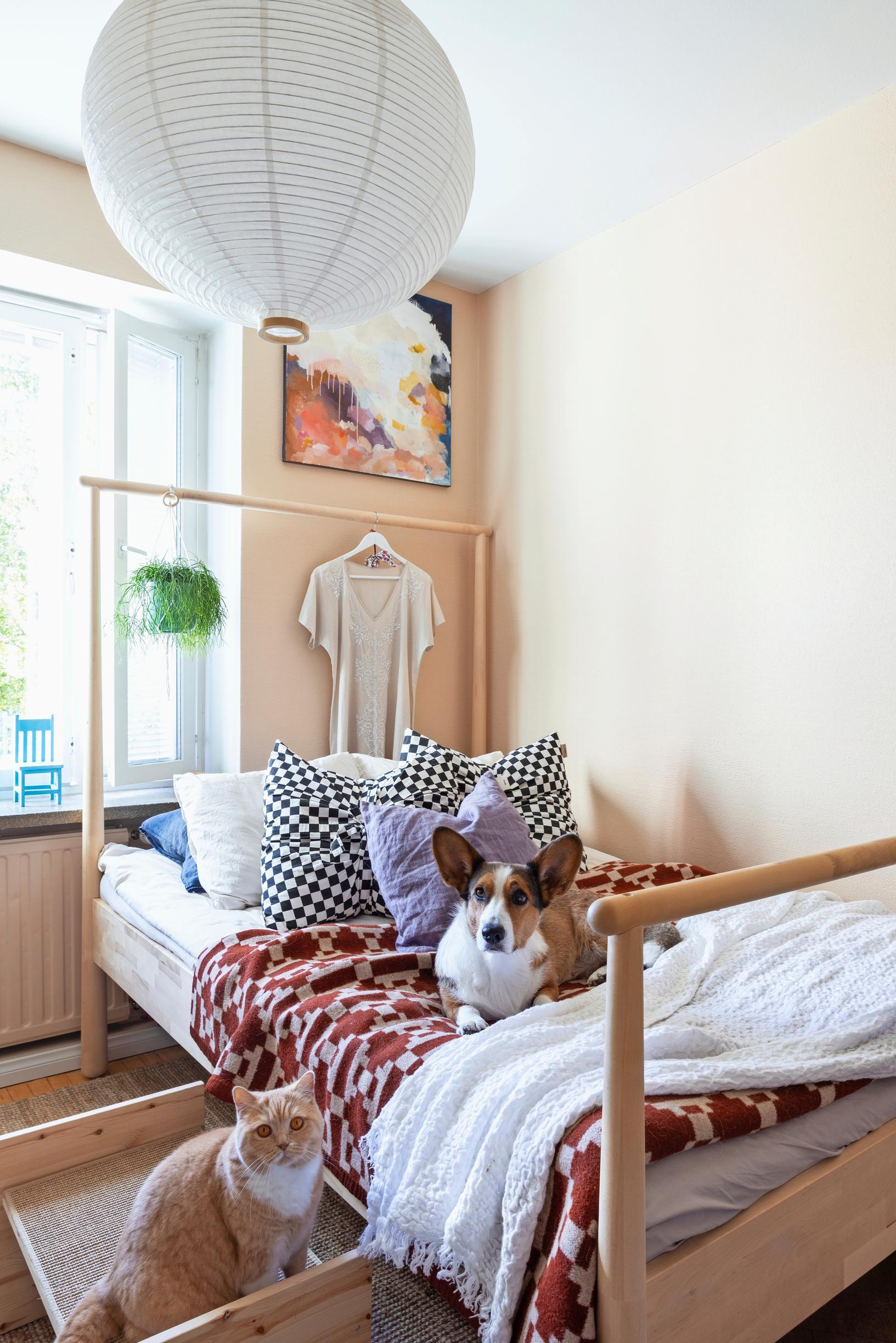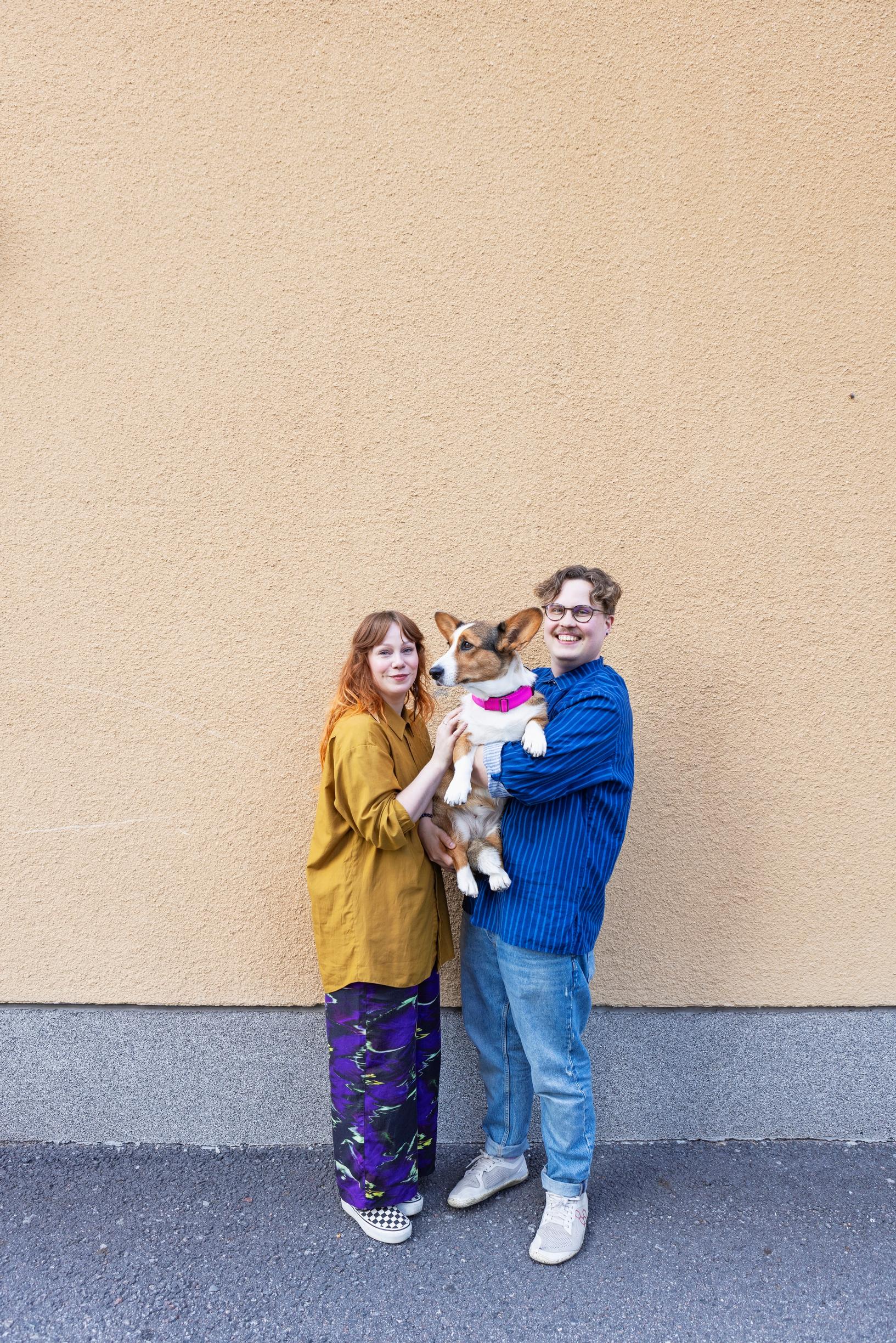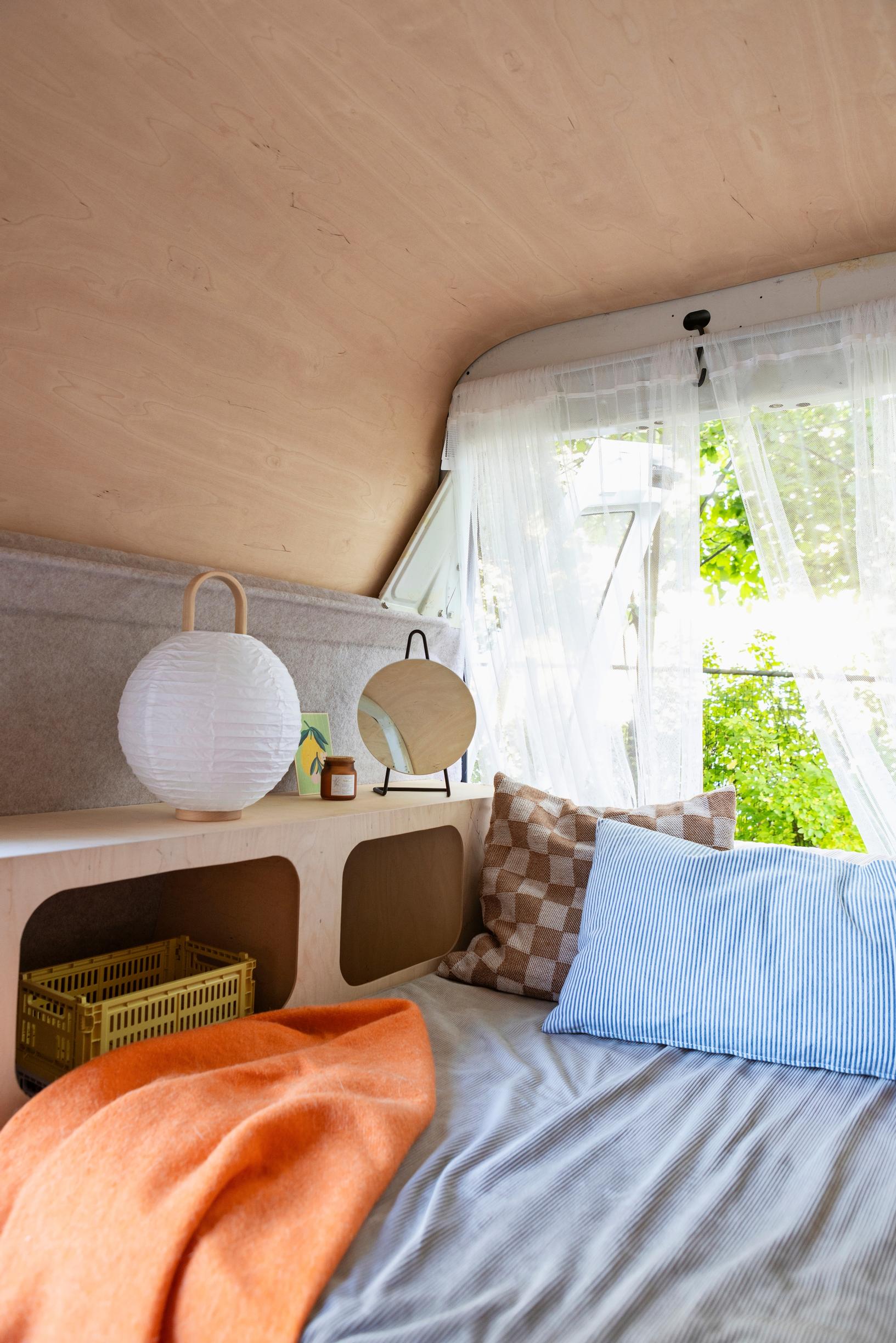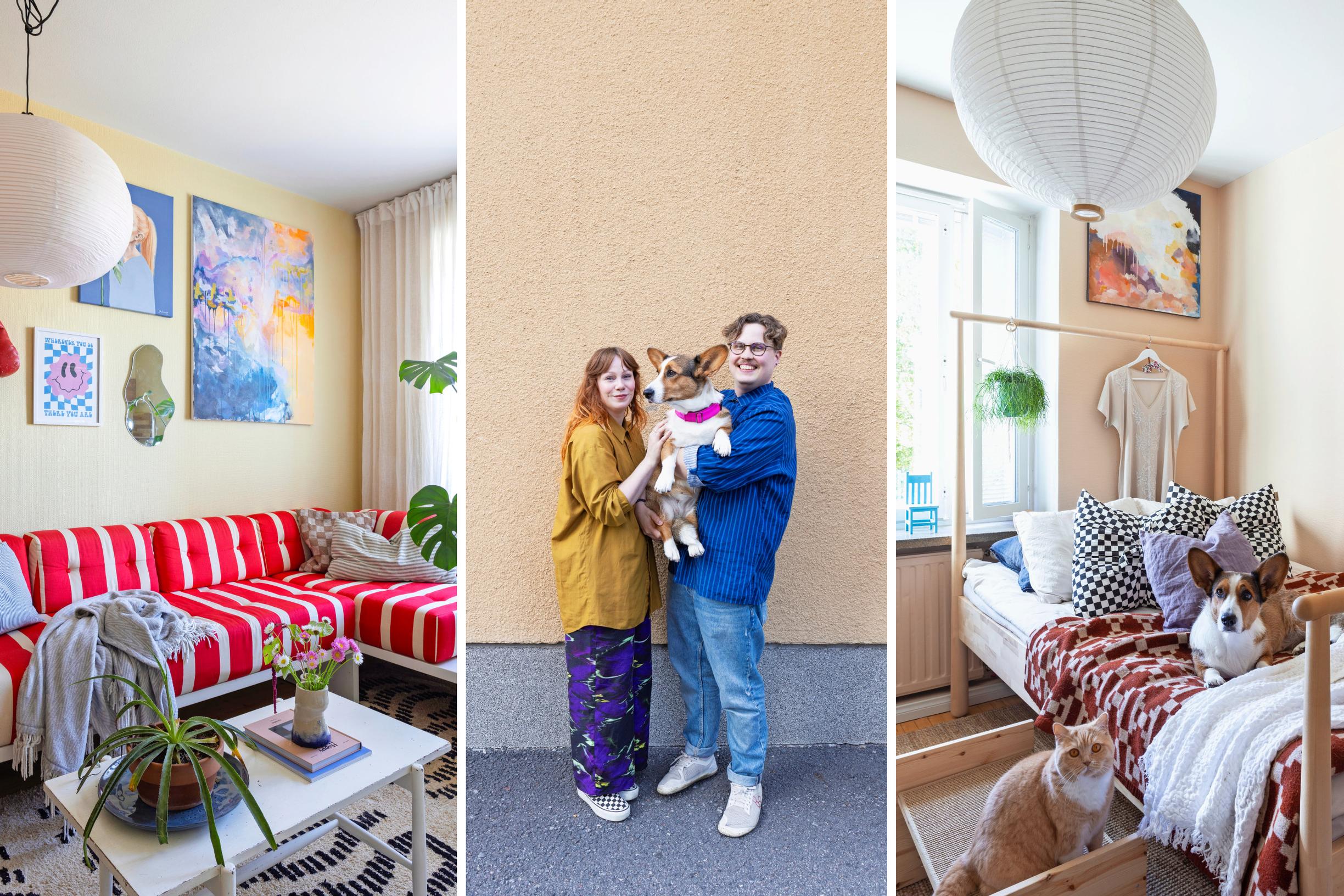
Steps to the bed for the dog, a climbing shelf for the cat: in this interior architect’s home, pets have their own furniture
Colorful walls, creative decor, and pet-friendly details fill the 1950s rental home of Suvi Saarnisto and Penuel Rantakangas.
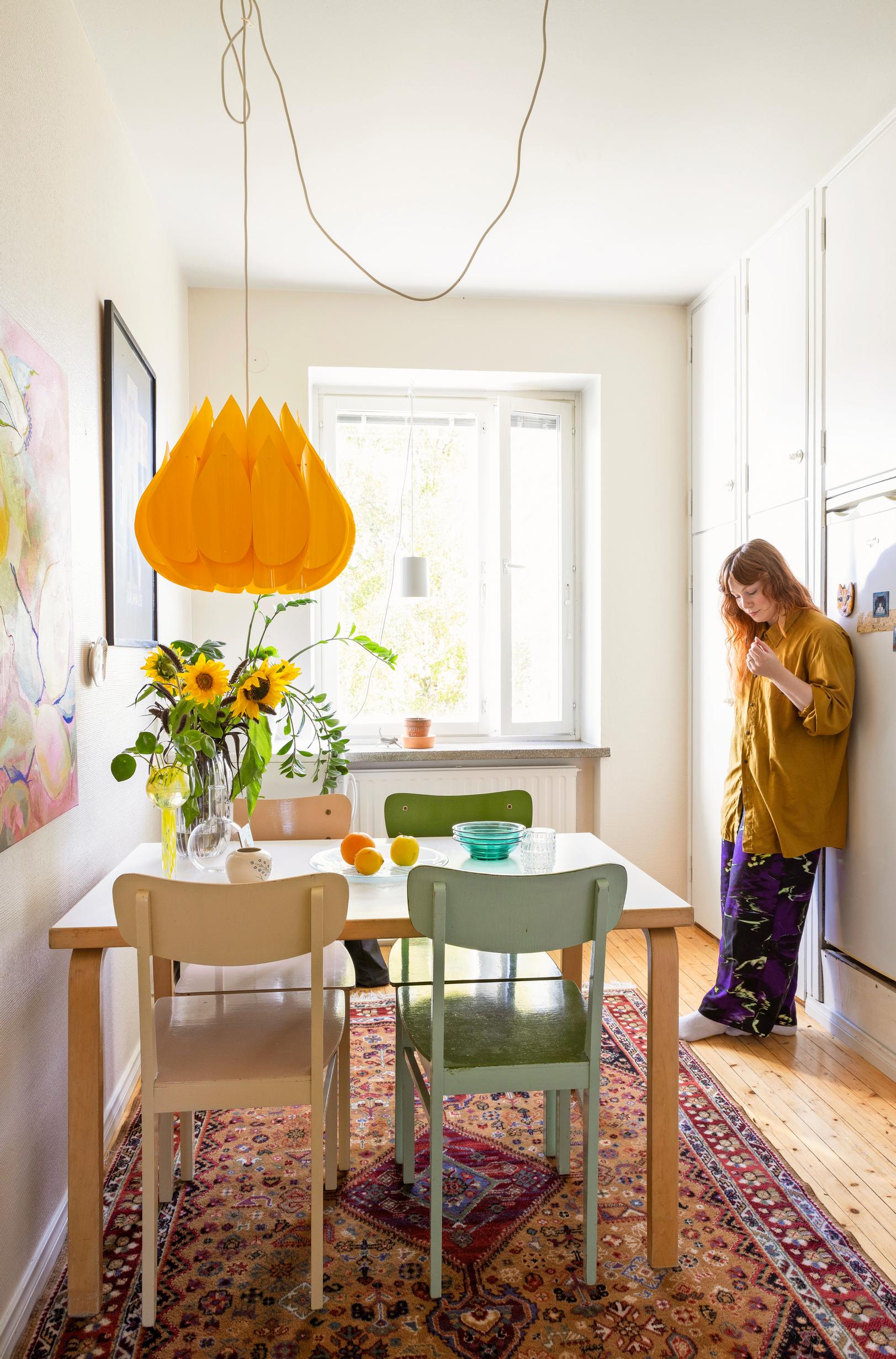
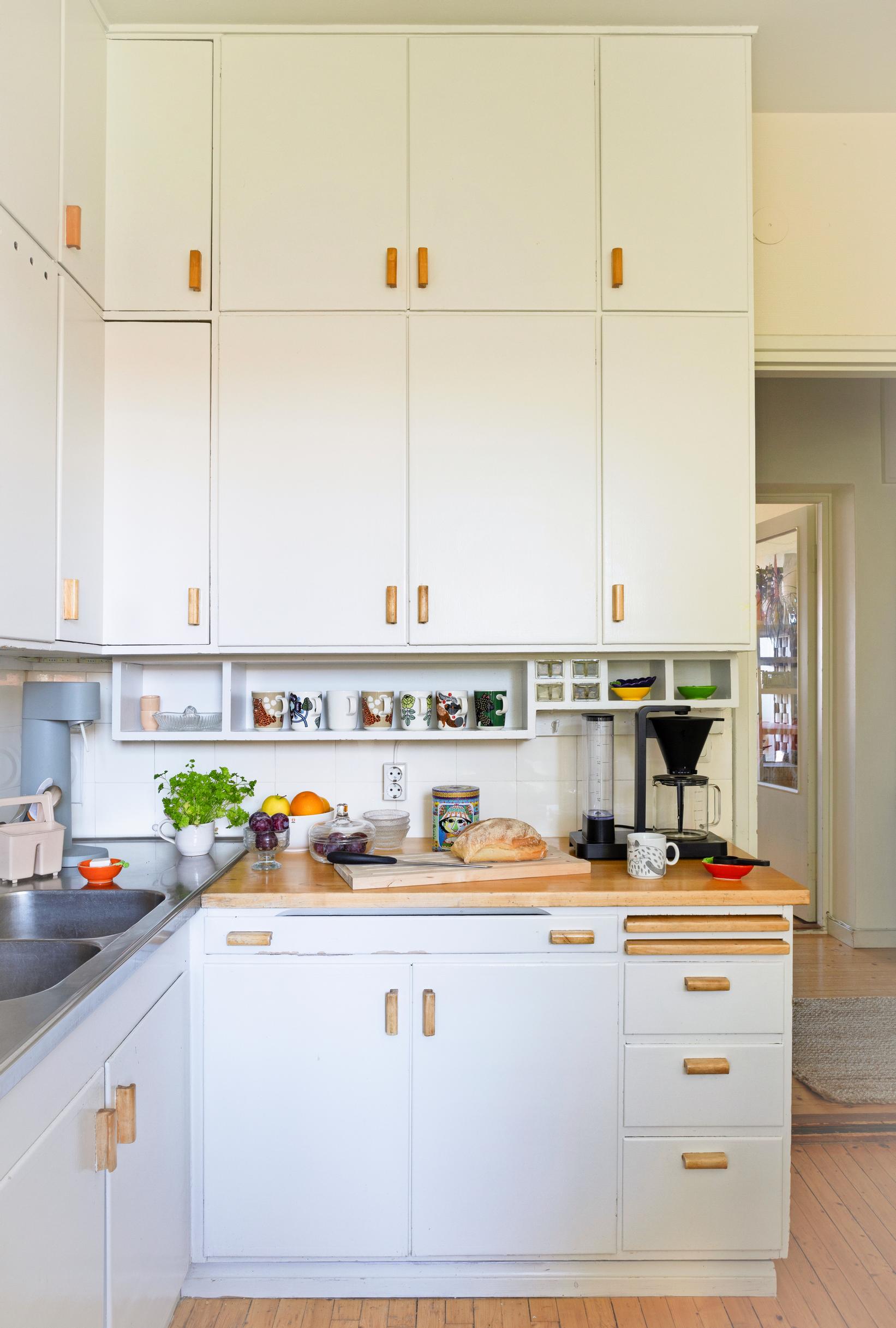
Home: An apartment in a 1953-built apartment building that originally housed locomotive drivers, located in Tampere. It has 2 rooms + kitchen, 50 m² (540 sq ft).
Who lives here: Interior architect and furniture designer Suvi Saarnisto, 3D modeler Penuel Rantakangas, Welsh corgi Dana, and British cat Kerttu.
“I cringe at the idea of quick-fix decorating and a home without any feeling.”Suvi Saarnisto
Suvi, how would you describe your approach to interior design?
I love that when I come home, all the layers of life can be seen here. I’ve become an increasingly conscious decorator, and my partner and I have acquired most of our furniture secondhand. I like the idea that these items have a history and were important to someone else before me.
Design is also important to me—I get excited when an object is both practical and beautiful. I’m drawn to materials that age slowly and become more beautiful over time.
I cringe at the idea of quick-fix decorating and a home without any feeling. I don’t believe interior design can come together quickly. For a home to feel balanced, you need to live in the space, observe how the light moves, and understand what happens in the building. Decorating is a lengthy process that requires you to listen to yourself.
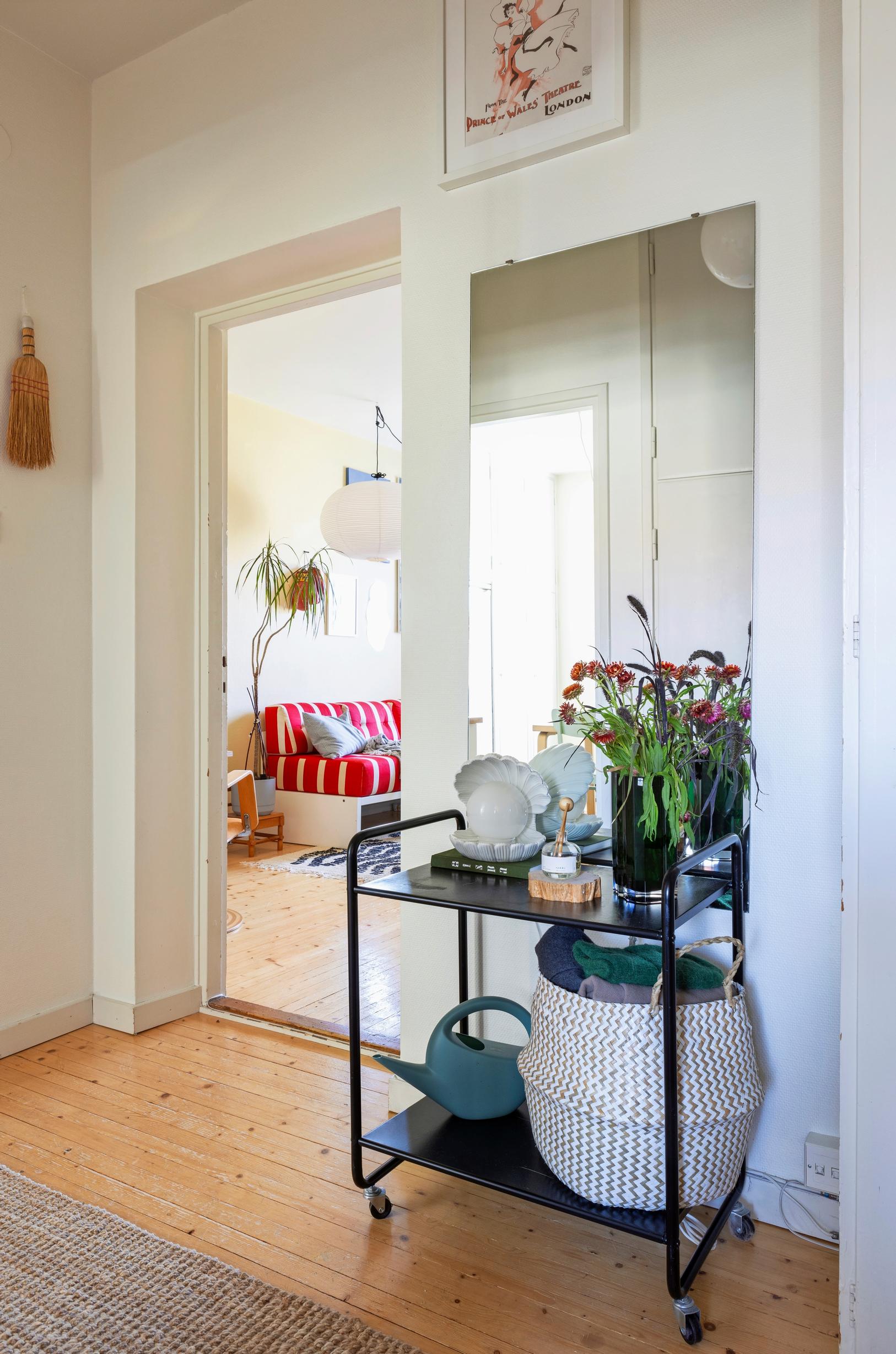
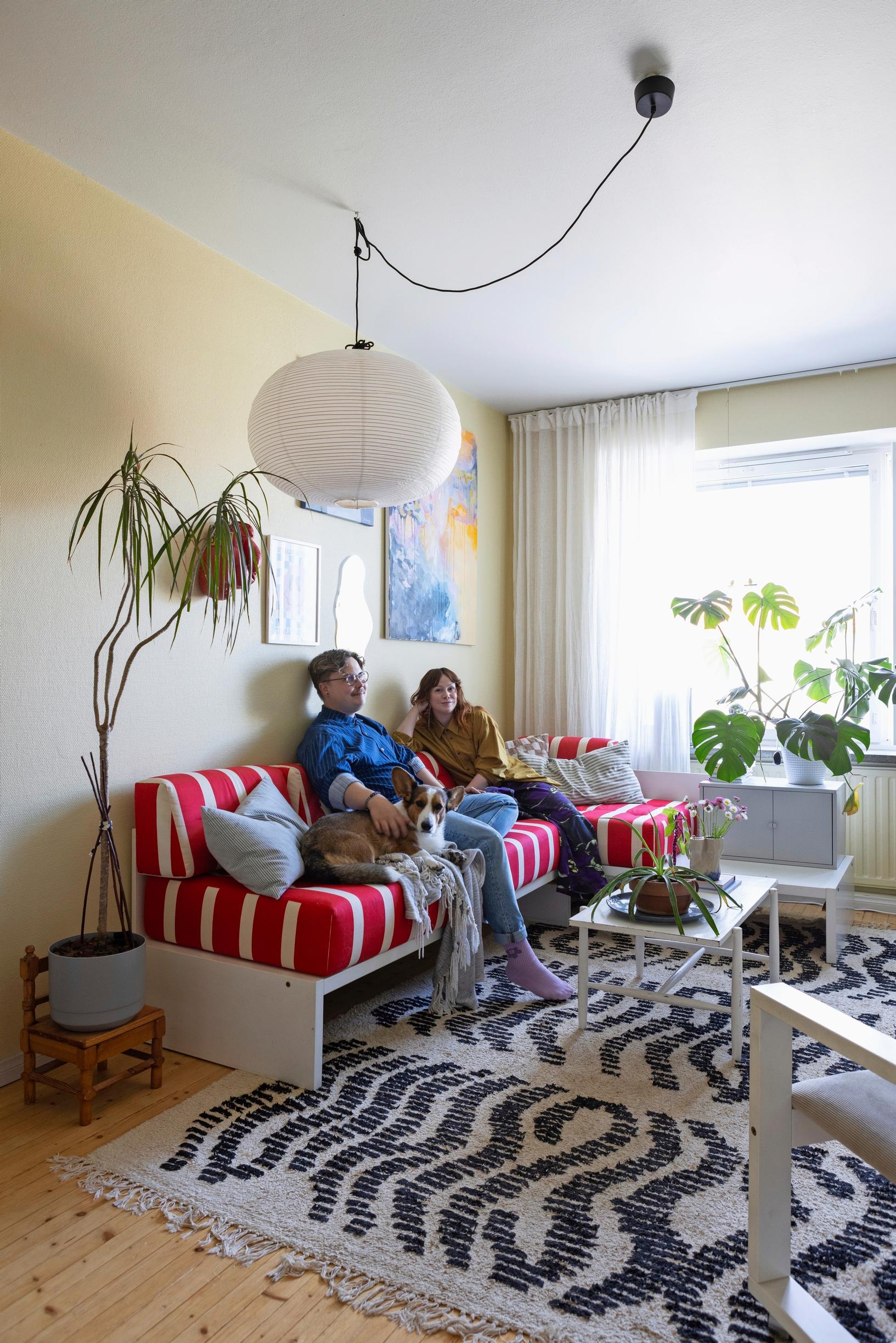
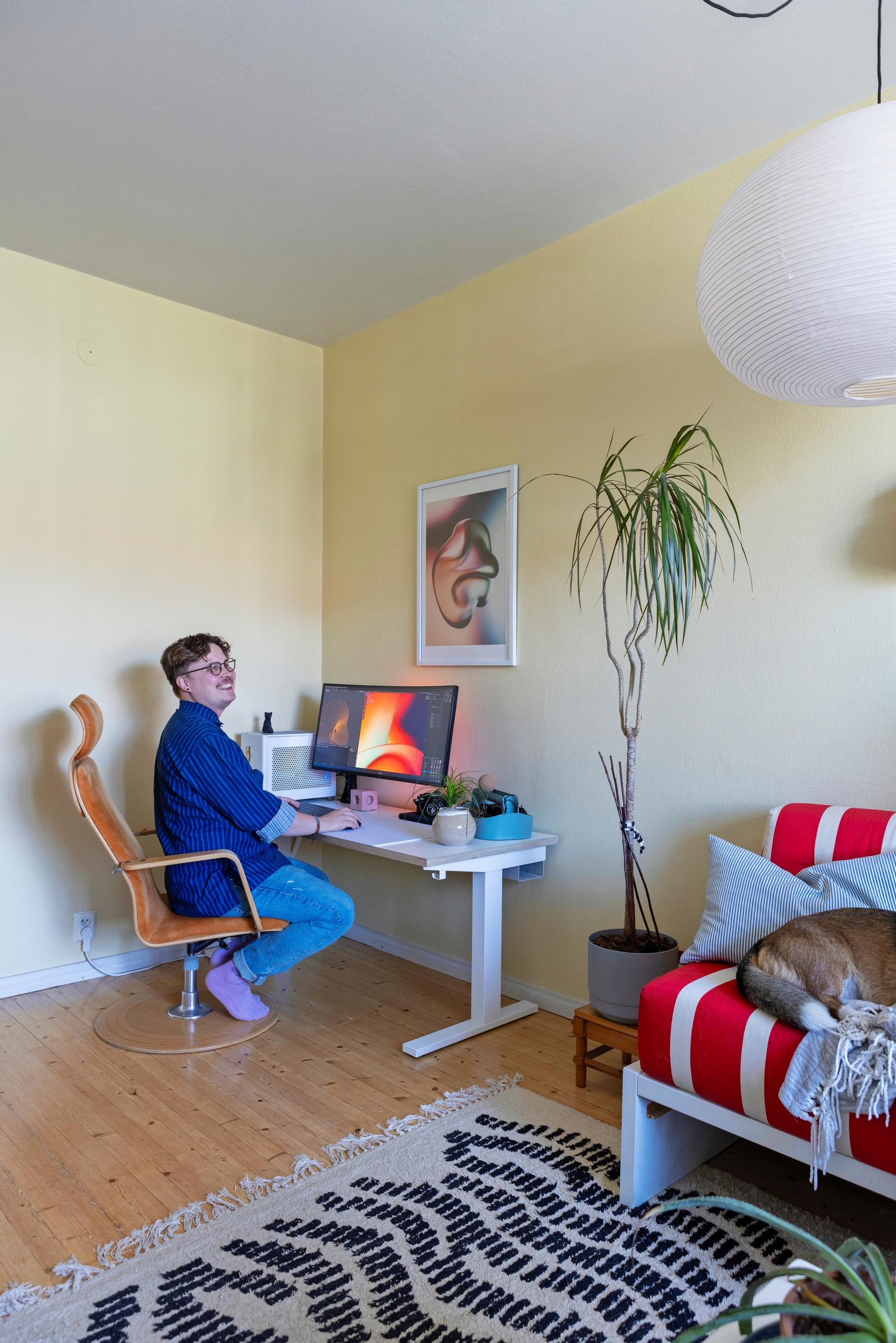
“When we remove a home’s original features, we erase its history.”Suvi Saarnisto
You advocate preserving a home’s original elements. Tell us more!
I always get angry when I see or hear that something beautiful and old is being torn out just for the sake of renovating. I can’t understand why people would remove solid-wood interior doors, trim, or kitchen cabinets and replace them with particleboard, when restoring them could be an option. When we remove a home’s original features, we erase its history. Once it’s gone, you can’t get it back.
If you’re in a situation where you can’t save the entire kitchen, you can still keep part of it. That way, you also save materials. I’ve seen beautiful examples of kitchens where the original 1950s upper cabinets have been kept, sanded, and painted. They bring a whole new vibe and a nod to the home’s original architecture in an otherwise modern kitchen.
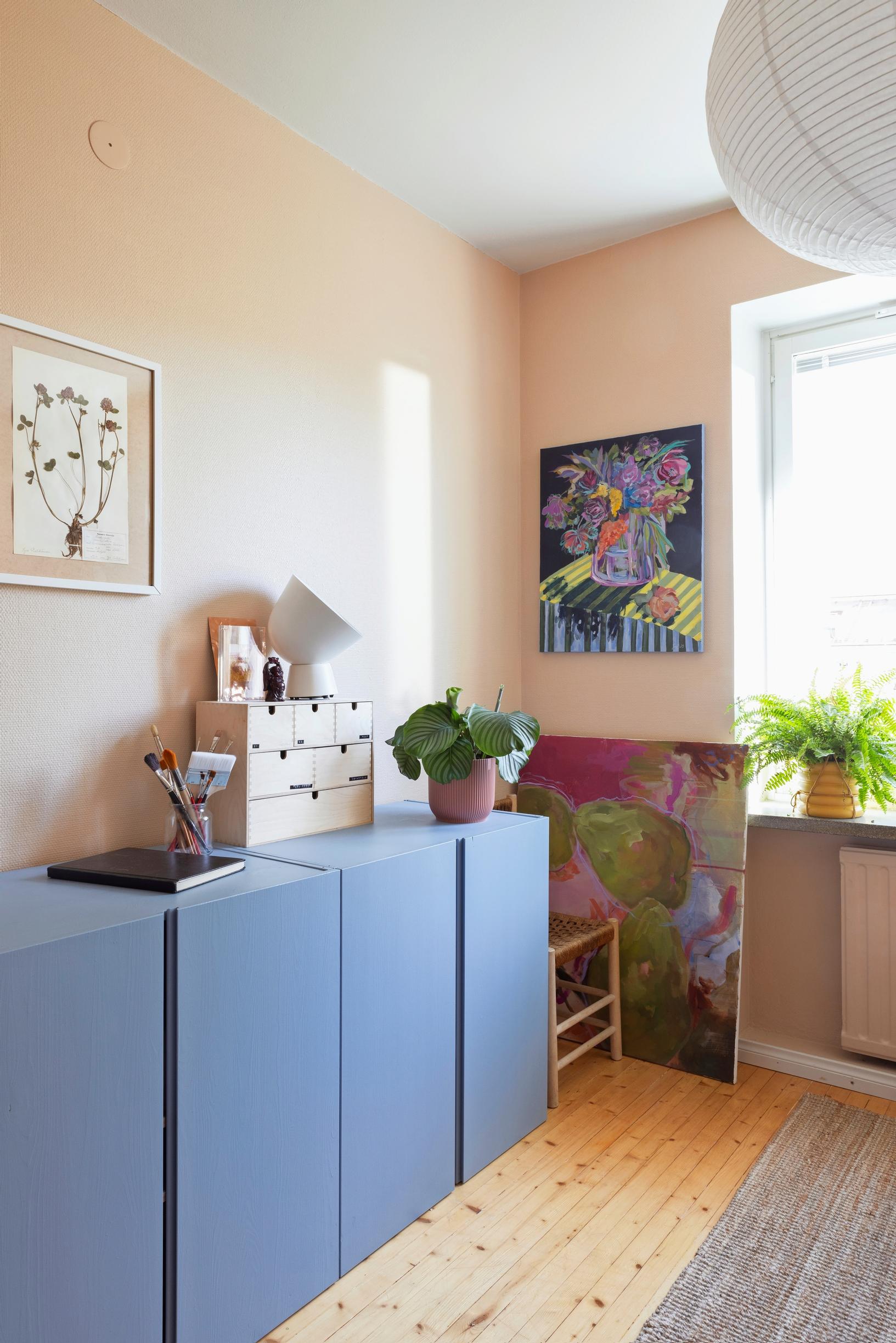
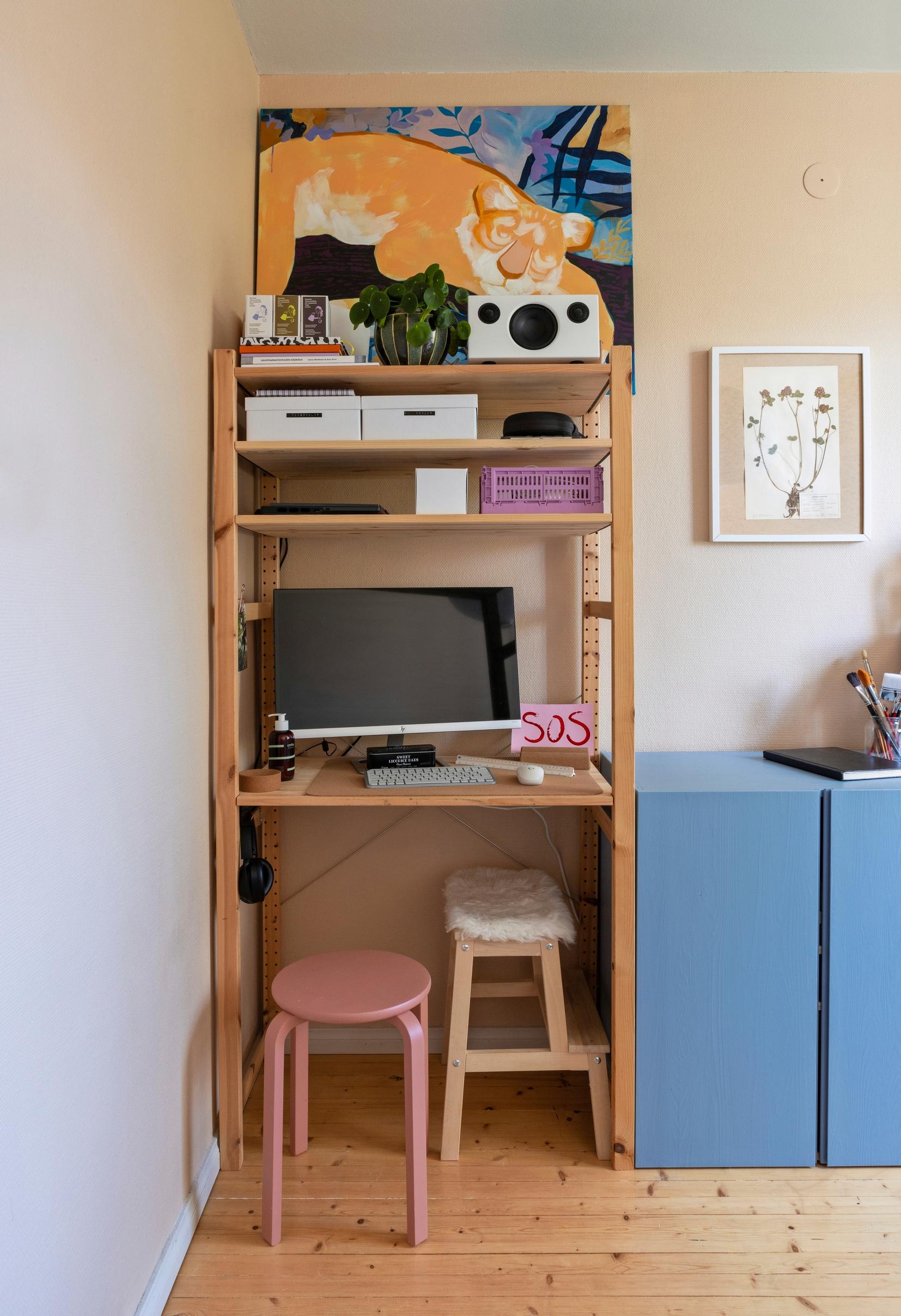
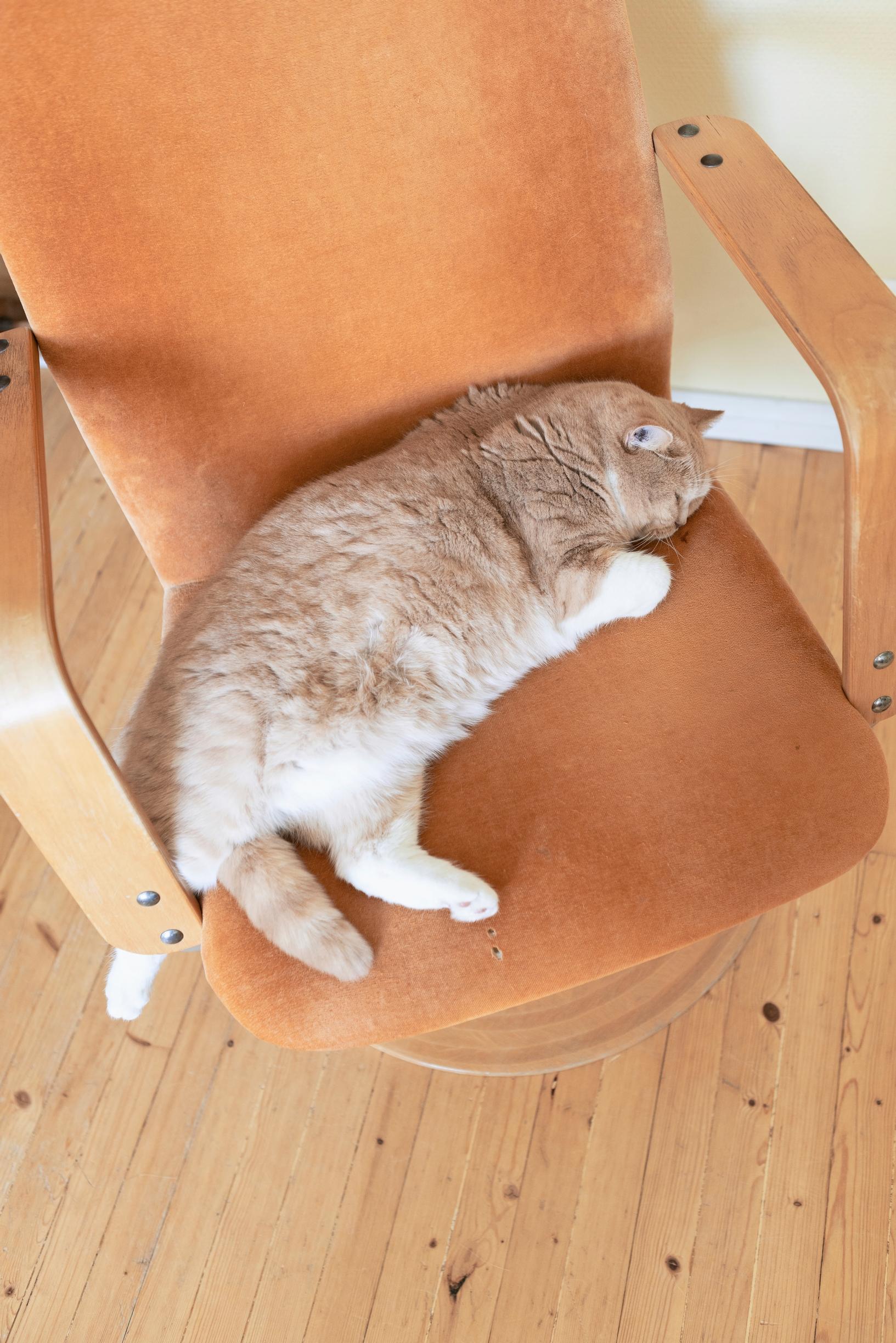
“Once the walls were painted in vibrant hues, it was easy to go bold with the furnishings.”Suvi Saarnisto
What do colors mean to you?
I’m fascinated by color psychology and how colors influence people. This apartment has taught me to use color in a whole new way. When we first moved here, we had a gray sofa and a very limited color palette. Our landlord offered to paint the walls, so I proposed shades that fit this 1950s architecture. Once the walls were painted, it was easy to start decorating boldly. Colors have incredible power. In my paintings, I use them liberally—it’s a world where it feels like nothing can go wrong.
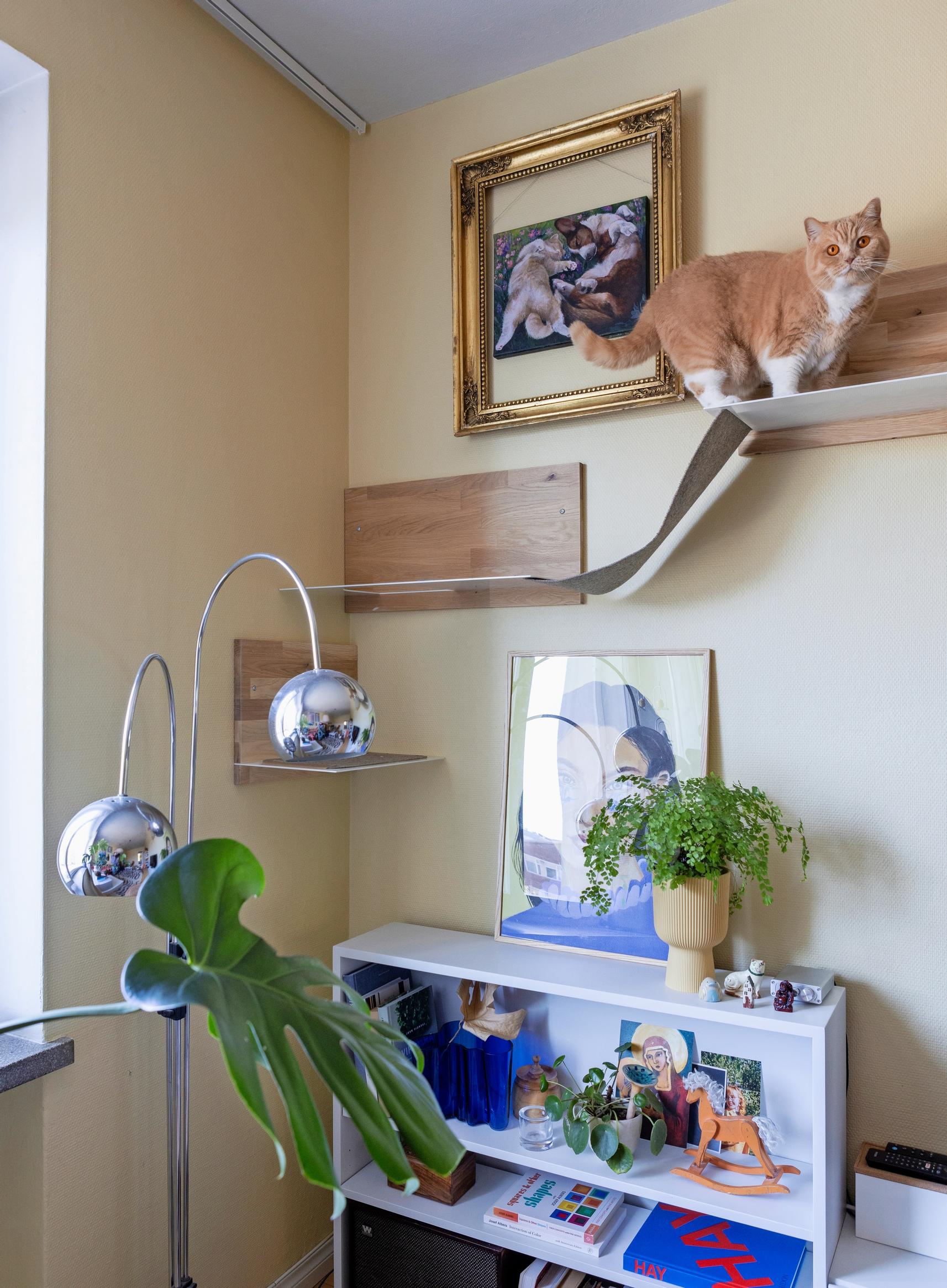
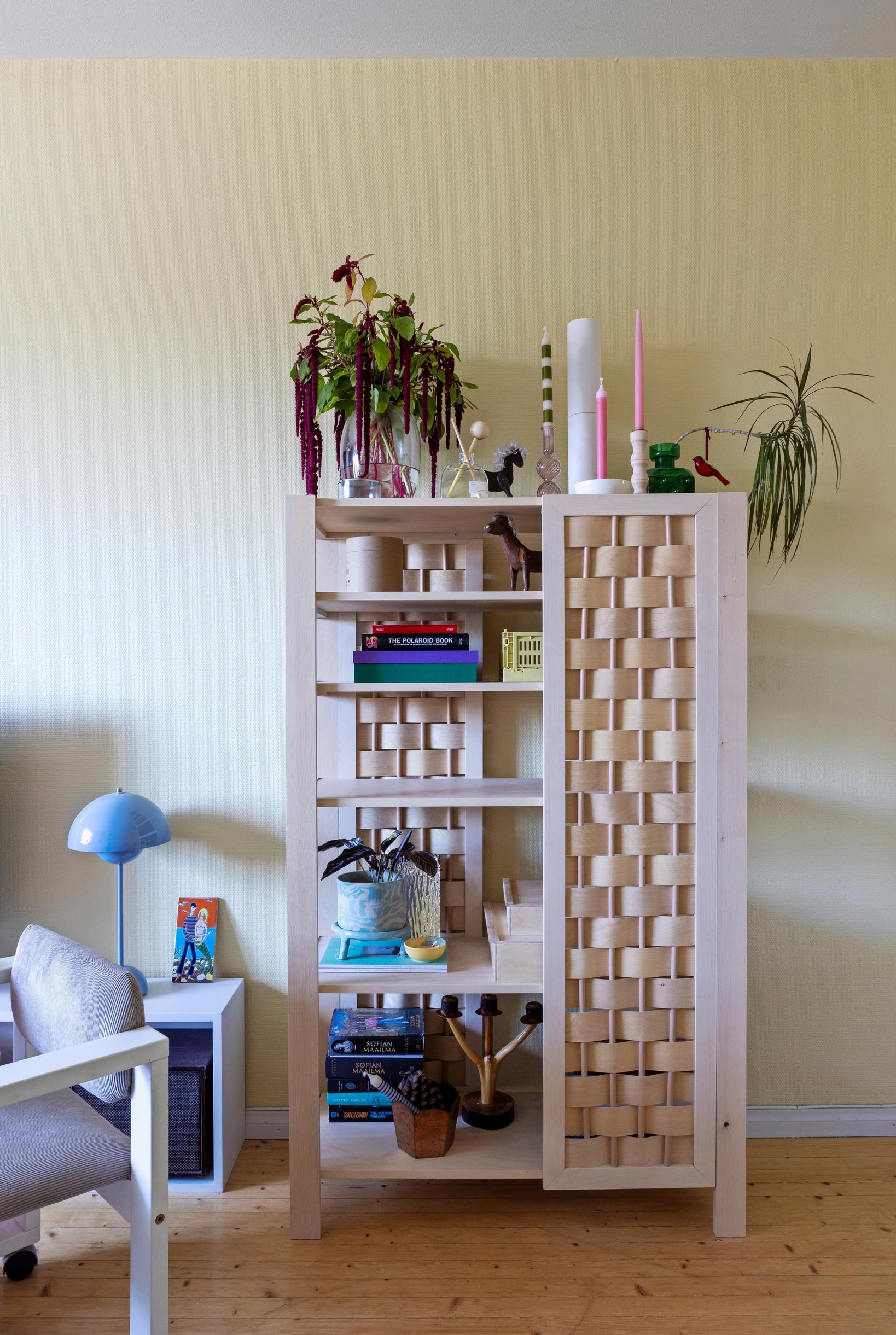
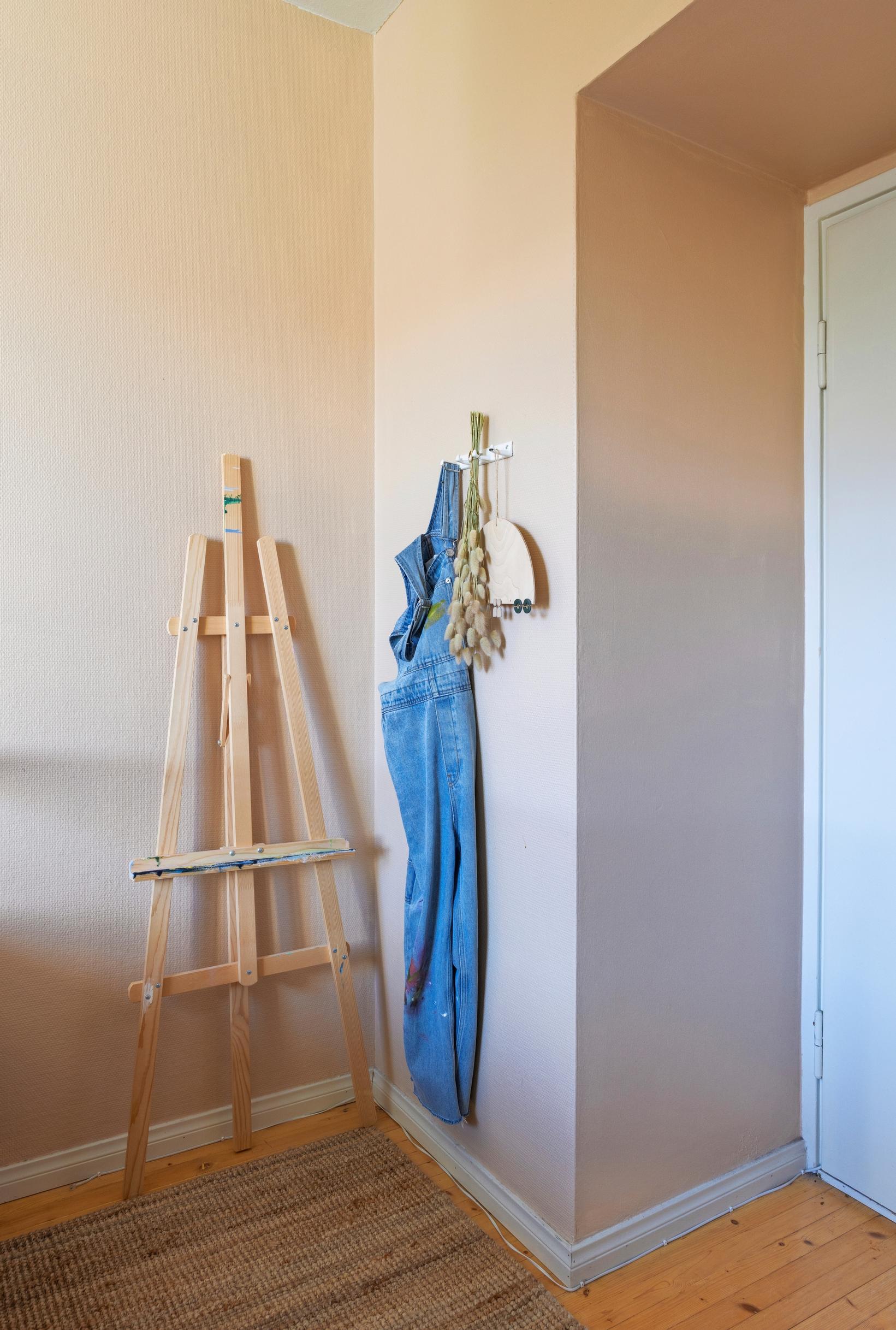
How have you taken into account your pets, Kerttu the cat and Dana the corgi, in your home?
I’m an interior architect and furniture designer focusing on pet-friendly design. I wanted to bring something that’s important to me into this field. I created a stool-stair called Loikka, which lets Dana climb into our bed without hurting herself. It’s covered in sisal carpet, which Kerttu loves to scratch. In the living room, there are cat shelves built by a pair of friends who specialize in metalwork, following my design.
I wish there were more beautiful and durable furniture on the market for pet families. We’re not just owners—our pets are our friends and family members. I think it’s important to account for them just as much as the human residents. It’s their home, too.
